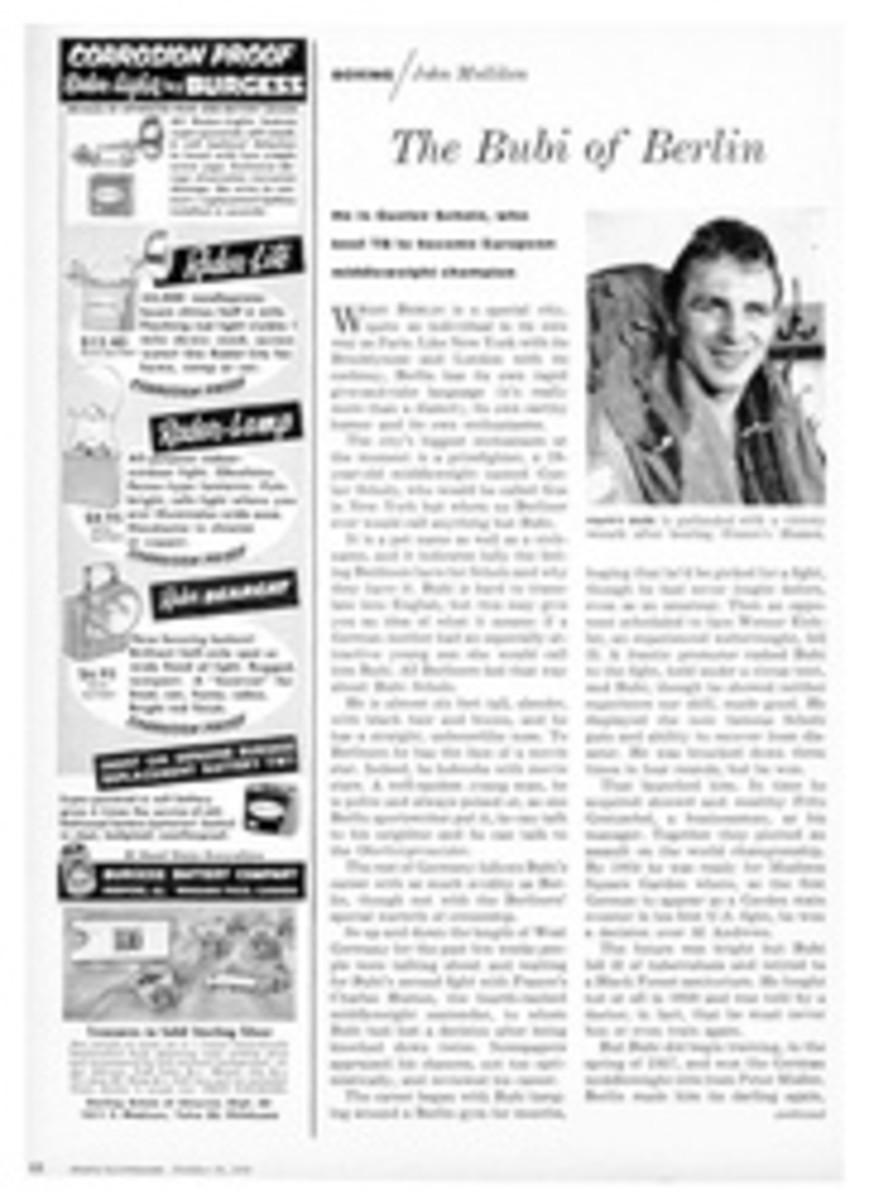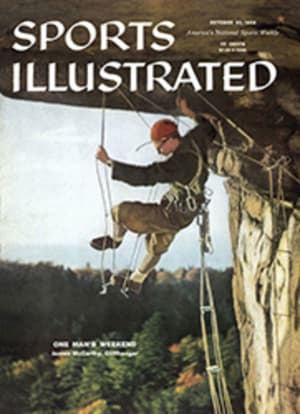
French sizzler on the platter
Only a man can buy steak, though some few women can cook it," observes English Writer P. Morton Shand in his Book of Food. This remark is, alack and alas, the truth, part only of the truth but, still, nothing but the truth. There seems to be a natural man-to-man rapport between butcher and male customer on the subject of a man's steak. The butcher, confronted by a man, does not even have to be urged to bring out the prime, well-hung meat and to cut it at least two or three inches thick and absolutely even. The whole thing, of course, passes understanding, but it is an undeniable fact. (A pity that most American males are too busy with other things to do all the meat marketing for their households in person.)
It is also indisputable that American men are finer and more creative cooks, as well as more dedicated to the broiling of steak than we, their womenfolk. This goes for outdoors and indoors. They are ritualistic builders of fires and reckless buyers of gadgets to further their cooking avocation. It is wise not to interfere with them or even speak to them when they take over at the grill. A woman needs only to remember that the choicest steaks are sold to the restaurants and clubs frequented by men, that these steaks are cooked for men by other men over charcoal, generally in convenient, waist-high wall broilers, invented by men.
The subject of waist-high broilers is a sore one. The broilers on my stoves (city and country) are typical of those in many semimodern kitchens—assembled, I suppose by women, for the housewife on all fours: most of the shelves and all the broilers are installed at dachshund level. What's more, to approximate the charcoal-done steak without charcoal one must practically set the kitchen on fire.
No man who cooks would stand for such nonsense. Neither could I. So I turned to pan-broiling—a better description is sizzling—steaks in a very hot pan on top of the stove, the way the French do. The result can be wonderfully appetizing, as visitors to Paris restaurants will attest. Anyway, it is a succ√®s fou with me, as I no longer have to lie on the kitchen floor to get at the steak or, even worse, wriggle on my stomach to clean up that Black Hole of Calcutta, the broiler oven.
Two steak preparations of this ilk are steak au poivre (shown ready for eating in the photograph at left), cooked entirely on the top of the stove, and steak Chateaubriand, which starts on the stove but finishes in the oven—not the broiler. Steak Chateaubriand is ridiculously easy to do, and the natural foil for show-off sauces such as moutarde, béarnaise, bordelaise and marchand de vin. But even plain and per se these biftecks collect compliments enough to restore a woman's ego in a man's steak world.
PHOTO
LOUISE DAHL-WOLFE/PLATTER AND SERVERS FROM BONNIERS
STEAK AU POIVRE
Have steak cut evenly two inches thick; trim off superfluous fat. Crush a couple of handfuls of whole peppercorns by spreading evenly on a bread board, covering with a clean dish towel and rolling with a rolling pin to crack the pepper. Then pound the cracked pepper into the surfaces of the steak with a potato masher or the flat side of a heavy knife. Wrap steak loosely in paper, place in covered pan and let stand several hours or even overnight to acquire the "perfume" of the pepper.
Before cooking, brush off any loose pepper. Do not salt. Cook room-temperature steak over a very fierce fire in a thick pan heated almost red-hot, coating it with a very little olive oil just before adding steak. Cook three minutes on one side and, adding a drop more oil, two minutes on the other, for blue-rare steak as the French like it; longer proportionately, reducing the heat and pouring off extra fat, if meat is desired rare, medium or well done. Salt just before serving. Pommes frites and a watercress salad are classics to serve with this steak.
STEAK CHATEAUBRIAND
Trim most of the fat off a steak which has been cut 3 inches thick, brush lightly with oil, sprinkle with pepper. Brown quickly on all sides in a very hot, heavy frying pan on top of the stove, pouring off extra fat as it melts. Remove, salt the steak and bake in moderate oven 20 to 25 minutes (for rare to medium rare). This steak is very good cold, sliced thin.

